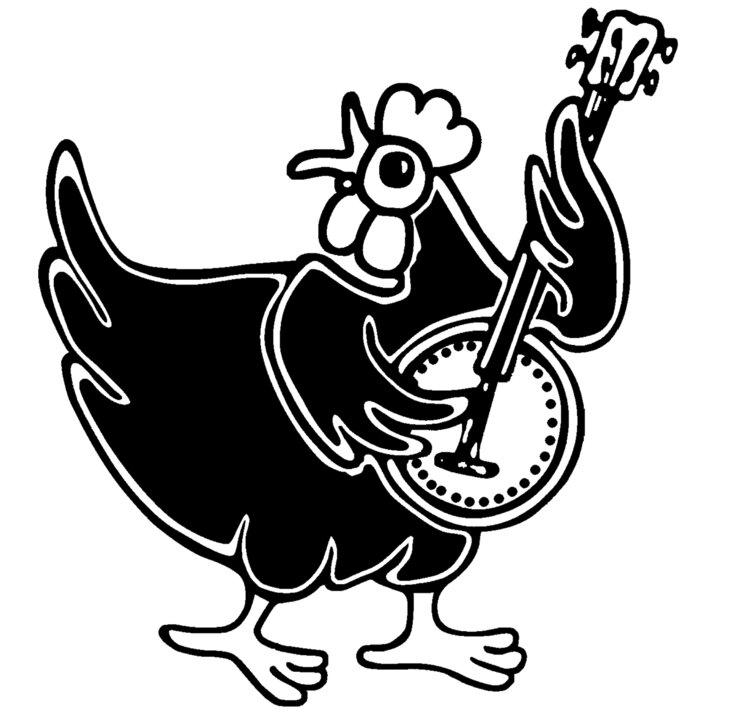Steve Dawson finally got isolation. Holed up alone inside Rattlesnake Cage, the stark solitude lets the hardest-working Canadian man in the roots biz prove he can do completely without. Without Kelly Joe Phelps, Jim Byrnes or other clients to award-winningly produce. Without a band (either his own or someone else’s to award-winningly back). Without amplification. Or even lyrics. But just not without bread and water: a guitar and an old Neumann M49 tube microphone to absorb this wooden music’s every radiant texture. Stripped down to nothing more than self-sustained creativity, solo instrumentals can nondescriptly melt into the background in unimaginative hands. Not Cage. Not with its frothing whoosh of emotionally-detailed picking, slide turbulence, and dynamic sense of melodicism that never rushes in a straight path. Instead of songs, rustic tales get wordlessly told on a Jumbo Larivee, a laptop Weissenborn, a National Tricone, or a Taylor 12-string, each one rewarding close listening and each one quizzically named. “The Flagpole Skater Laughs From Above” exquisitely skims through a series of moods and movements. Mercilessly rattling frets, a sharp-tongued bottleneck delivers “Flophouse Oratory” with fits of urgency. “Lighthouse Avenue ” is the resident rainmaker. Although all compositions are fantastically original, some take on telltale personality traits of their inspirers. So “Blind Thomas at the Crime Scene,” with its hurried railroad chug, is codename for John Fahey, while the sweet, soft roll to “The Medicine Show Comes to Avalon” points geographically to Mississippi John Hurt. Never before has Dawson sounded so incredibly free. All it took was solitary confinement.
